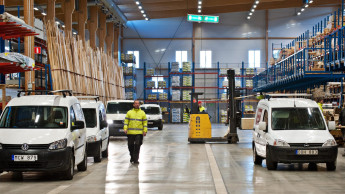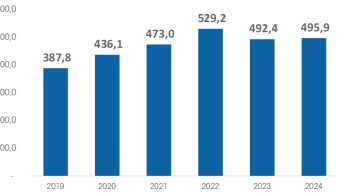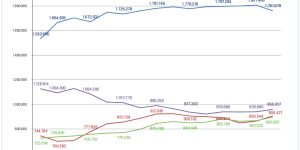After almost halving in the past five years, the German window market can finally see a glimmer of hope on the horizon, according to the latest study from Interconnection Consulting Group
From an objective point of view, however, this does not quite translate into big business. But in the light of the trend reversal that has taken place, and the associated "healthy" quantitative growth rates forecast to reach 1.2 per cent in 2007 and as much as 5.5 per cent in 2008, the German window market will no longer be a market where survival is the sole aim: instead, good profits will once more be possible in the longer term.
The driving force behind the positive development over the next few years is the gathering momentum of the German economy, which will benefit the construction industry in particular, as well as the changing attitude towards renovations in Germany.
The renovation market will grow by nearly 9 per cent from 2005 to 2008, while the new-build segment will increase by just 4 per cent during the same period. There are diverse reasons for this discrepancy. The new "energy performance certificate", for example, will provide powerful encouragement for replacing old windows. The continued existence in Germany of a great number of older buildings with poorly insulated old windows hides an enormous, still untapped potential market for the window industry, since about three-quarters of all German dwellings are currently located in buildings that are more than 25 years old.
Another reason for this development is that, starting in 2006, households are entitled to write off 20 per cent of tradesmen's bills against their tax liability up to a limit of € 3 000. Which provides an incentive to invest more in structural renovations to their flat or building. This reform will also have a positive effect on the market, albeit rather minimal.
The expected slowing-down of demand in the window market as a result of the abolishment of the subsidy for new homes is turning out to be less negative than had been feared. Although the decline will be noticeable, it will be partially compensated by other changes in the general conditions within the building market. The end of this preferential effect will be felt only gradually, since not all building permits are used immediately: many are issued, then "stockpiled". Nevertheless, the abolishment of the subsidy for new homes will tend to lead to the construction of fewer new buildings, while more will be invested in the stock of existing buildings instead.

 Menü
Menü
















